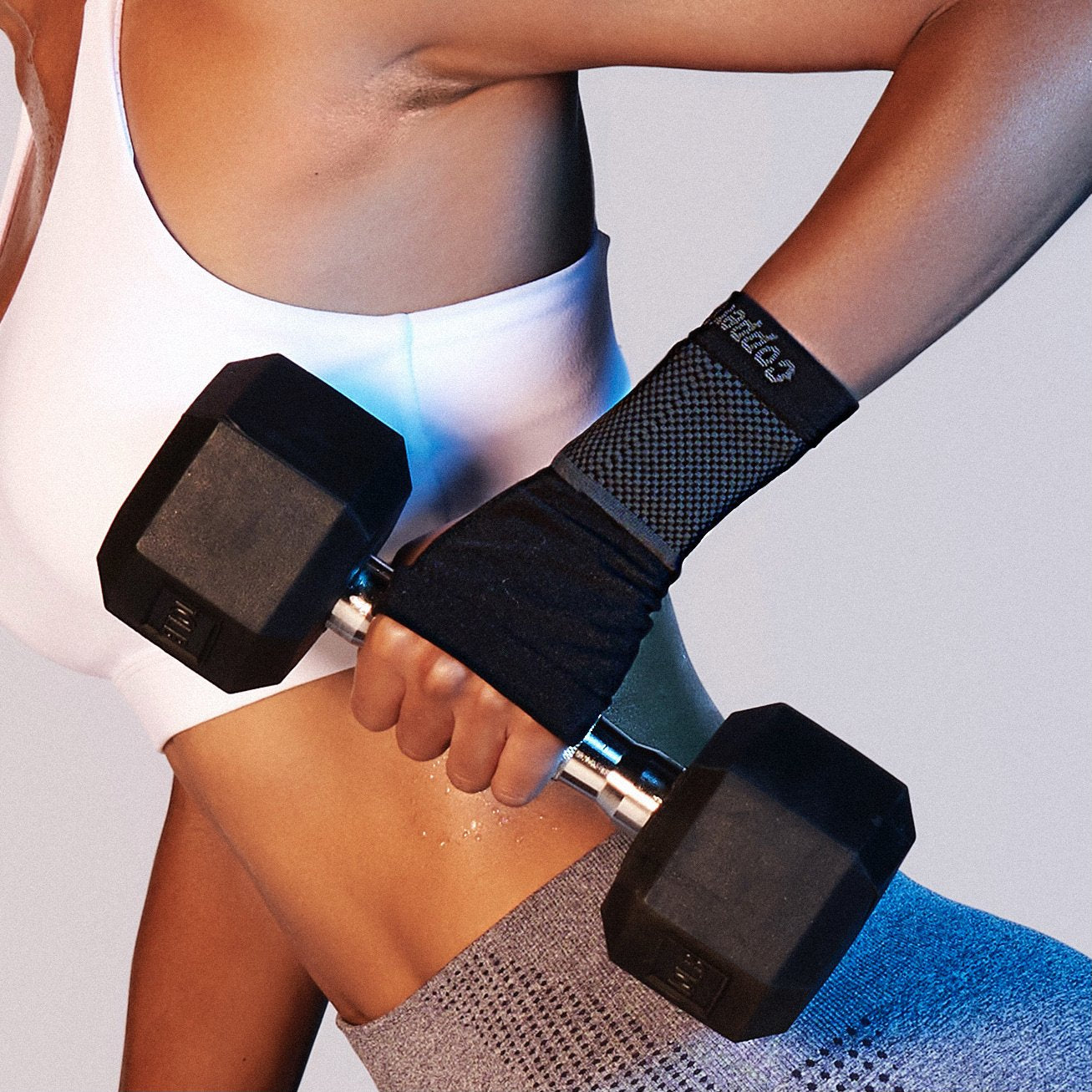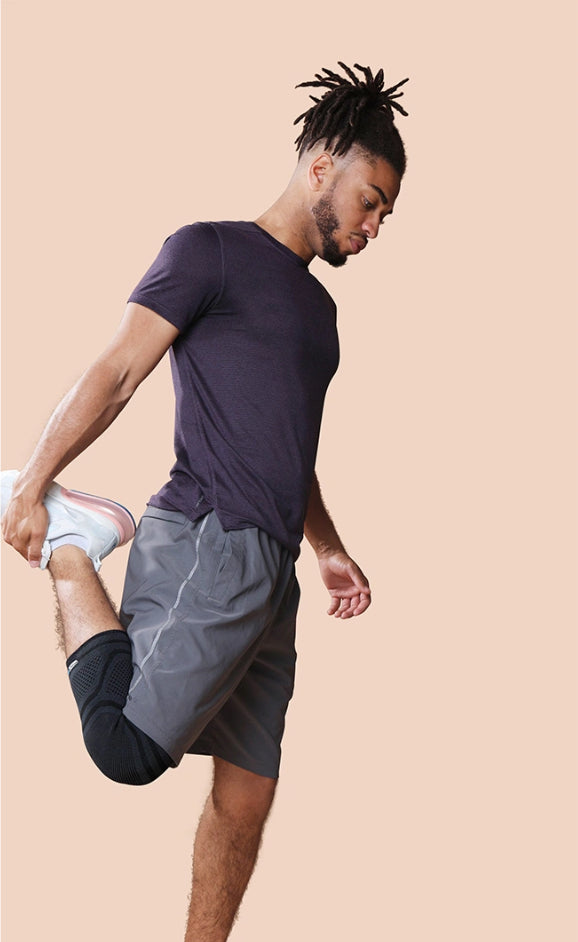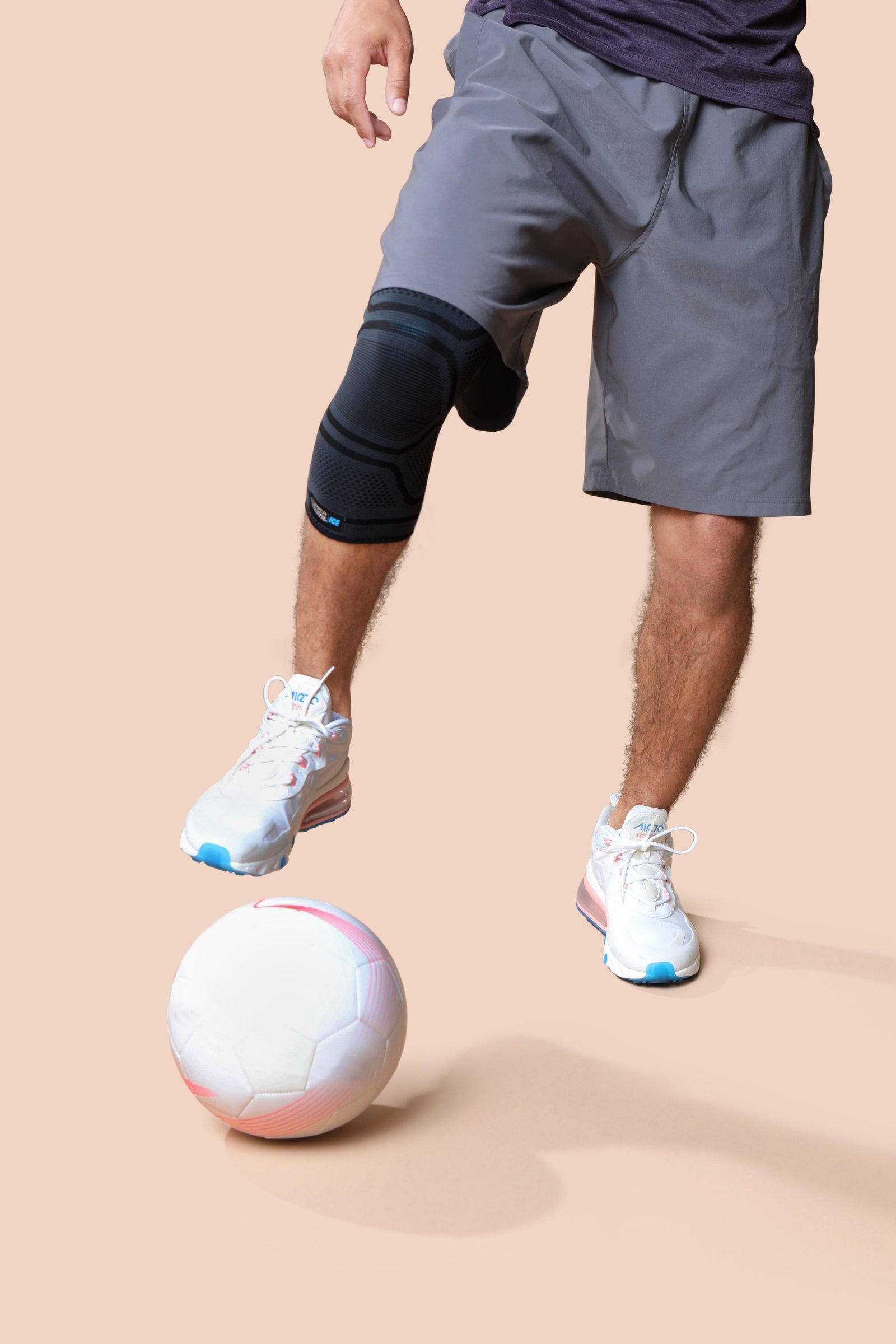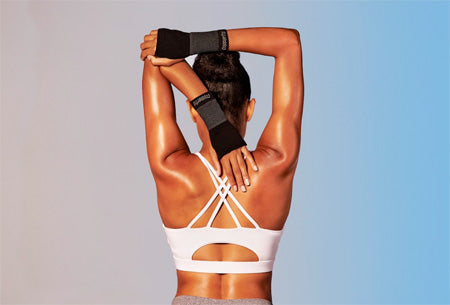
Your wrists do more than you might think. Whether you're lifting weights, pushing a cart, carrying groceries, or typing away at a desk, your wrists are constantly in motion. But it’s easy to overlook them—until they start to feel sore, tight, or just not as strong as they used to.
That’s why giving your wrists the right kind of attention is essential, especially if you want to stay active, mobile, and feeling your best.
Why Is Wrist Strengthening Important?
Your wrists are small but mighty. They connect your hands to your arms and play a central role in almost every upper-body movement. When your wrists are strong and supported, they help stabilize your grip, reduce strain on nearby joints, and allow for smoother, more comfortable movement—whether you're working out or just getting through a long day at your desk.
But when wrist strength is lacking, you might notice things start to feel off. Maybe your grip weakens during a workout. Maybe everyday tasks like opening jars or lifting a bag cause more tension than they used to. These are signs that your wrists could use some extra care.
Strengthening your wrists is a smart move for anyone who wants to maintain healthy movement, reduce everyday soreness, and help the body recover more effectively after activity. Strong wrists mean better support for the hands, arms, and shoulders—and less chance of lingering tension getting in the way of your progress.
What Are the Benefits of Wrist Strengthening Exercises?
When you commit to wrist strengthening, you’re investing in more than just a better grip. Here’s what you can expect:
- Improved Grip Strength:Whether you’re lifting weights or holding a steering wheel, stronger wrists help you maintain a solid, stable grip without overworking your hands or forearms.
- Better Joint Support:A strong wrist provides more natural stability to nearby joints, especially during movements that involve pushing, pulling, or twisting.
- Less Tension Over Time:With regular strengthening, your wrists may feel more resilient to the daily strain of repetitive tasks like typing, driving, or lifting.
- Boosted Performance:For seasoned athletes and weekend warriors alike, strong wrists can support overall performance by making movements smoother, more powerful, and less taxing.
Wrist Strengthening Exercises That Work
You don’t need complicated equipment to start building wrist strength. These simple, targeted exercises can be done from home or at the gym. As always, listen to your body and start with lighter resistance before progressing.
Wrist Curls
Grab a light dumbbell or resistance band. Sit down and rest your forearm on your thigh or a flat surface with your palm facing up. Slowly curl your wrist up, then lower it back down. Repeat for 10 to 15 reps per wrist.
Why it works:Wrist curls help activate the flexor muscles that control wrist movement and grip.
Reverse Wrist Curls
This is the opposite of the standard wrist curl. With your palm facing down, lift and lower your wrist using a controlled motion. Repeat for 10 to 15 reps.
Why it works:This movement targets the wrist extensors, which are important for balance and joint stability.
Wrist Rotations
Hold a lightweight object or go unweighted. With your elbow bent at 90 degrees, slowly rotate your wrist in a circle. Complete 10 to 15 circles in both directions per wrist.
Why it works:Encourages better joint mobility and helps support smooth movement patterns.
Isometric Wrist Holds
Press your palms together in front of your chest and hold for 10 to 20 seconds. You can also press your palm against a wall or tabletop.
Why it works:Builds static strength and endurance, which are great for anyone who uses their hands for extended periods.
Finger Extensions
Use a rubber band or resistance tool around your fingers. Open your hand against the resistance, then return to the start. Repeat 10 to 15 times.
Why it works:Strengthens the smaller muscles that support your wrist and prevent overuse strain.
Consistency is key. These movements don’t need to take long—just a few minutes a day can help support healthy wrist function. And if you ever feel excessive soreness or tension, take a break, adjust the intensity, and ease back in when you’re ready.
How To Build Better Wrist Health Into Your Daily Routine
Wrist-strengthening exercises are a great foundation—but if you want to feel lasting results, what you do outside your workouts matters just as much. Your daily habits can either support wrist health or quietly work against it.
The good news? A few small shifts in your routine can go a long way toward helping your wrists feel stronger, more comfortable, and ready for action.
Stretch throughout the day
If your job or hobbies involve repetitive movement—like typing, lifting, or using tools—it’s important to stretch your wrists regularly. Simple movements like wrist flexor and extensor stretches, finger pulls, and gentle rotations help keep your joints mobile and less tense. Think of these as daily tune-ups to keep your wrists flexible and better prepared for stress.
Warm up before your workouts
Jumping into weightlifting, pushups, or high-impact moves without prepping your wrists can increase tension or make soreness more likely. A short warm-up with light mobility drills (like wrist circles or dynamic holds) can help your wrists ease into activity more smoothly.
Check your ergonomics
Pay attention to how your wrists are positioned during long tasks. Poor alignment at your keyboard, when driving, or during repetitive chores can create unnecessary strain. Look for ways to keep your wrists in a neutral position, and take short breaks when you can.
Stay consistent
Wrist strength doesn’t happen overnight, and pushing too hard can do more harm than good. Focus on consistency over intensity. Even just a few sets a few times a week can offer solid results over time.
Try compression gear
Sometimes, your wrists need more than exercise and good habits—they need a little extra help to stay protected and supported. If you're feeling stiffness or tension during or after activity, or if you’ve been through a heavy training period, wrist supports like a compression sleeve or bracecan give your body what it needs to recover and keep going.
Supportive gear can be especially useful:
- During repetitive movements like lifting, typing, or gripping tools
- After intense workouts or long days on your feet
- When you're easing back into movement after rest or recovery
- For added comfort and stability during activity
Adding the right kind of supportive gear means you’re tuning into what your body needs and giving it the tools to perform and recover more efficiently.
Mistakes That Can Set You Back
Even with the best intentions, a few common habits can slow down your progress. Here’s what to watch out for:
- Skipping warm-ups:Jumping into strength training without prepping your wrists can make tension more likely.
- Pushing through discomfort:It’s normal to feel a little fatigue when training, but sharp or lingering soreness is your body’s way of asking for rest or support.
- Overtraining:Like any joint or muscle group, your wrists need time to recover between workouts.
- Neglecting wrist posture:Whether you’re lifting weights or typing for hours, poor form can strain your wrists without you realizing it.
The key is staying aware. Small tweaks in your routine and technique can make a big difference in how your wrists feel and perform.
The Bottom Line
At Copper Fit, we know how frustrating it can be to feel limited by wrist tension or soreness—especially when all you want to do is move, train, or just feel good getting through the day. That’s why we’ve built our compression sleeves and wraps to be there when you need extra support, whether you're training hard or taking time to recover.
Our wrist products are designed with gentle compression to help support healthy blood flow and promote muscle relaxation, helping soothe discomfort from repetitive motion or intense training. The flexible, seamless fit that won’t get in the way of movement, whether you’re in the middle of a workout or winding down.
We believe that staying active should feel good. And with the right support, you can keep doing what you love—day after day, rep after rep.
Sources:
Anatomy of the Hand & Wrist: Bones, Muscles & Ligaments | Cleveland Clinic





